The only points of differences between them are their dimensions, battery power and the pixel resolution they support.
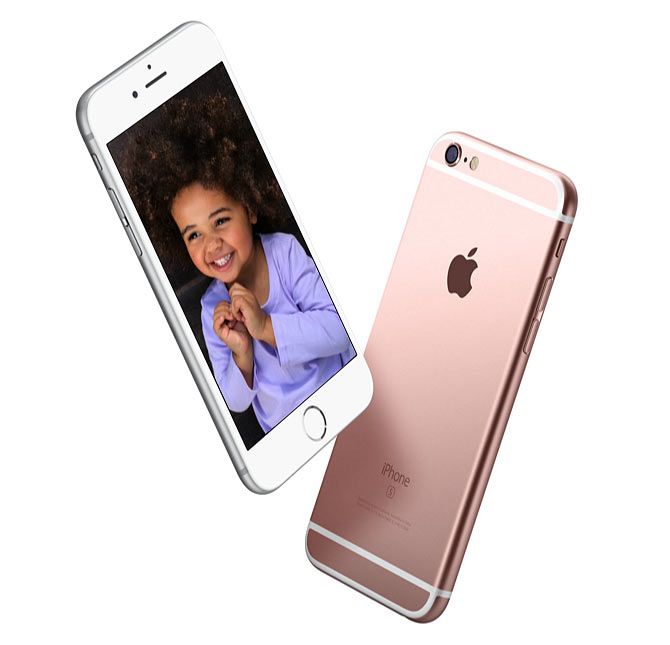
With iPhones considered to be at the pinnacle of technological evolution in the smartphone segment, the newly launched iPhone 6s and iPhone 6s plus are no exceptions. Both these devices are packed with innumerable features that make them such power packed performers, besides being style statements for the upwardly mobile.
Interestingly, both devices are more similar than different.
Design

The design of the recently launched iPhone 6s and iPhone 6s Plus is not very different from the earlier models of iPhone 6 and iPhone 5. iPhone 6s happens to be a bit smaller and lighter than iPhone 6s Plus. The edges of the two smartphones have been made curvier to facilitate easy handling. The back cover is smooth and features the Apple logo at the upper middle part of the phone.
The iPhone 6s has dimensions of 138.3 x 67.1 x 7.1mm and weighs only 143 grams.
The iPhone 6s Plus on the other hand has dimensions of 158.2 x 77.9 x 7.3mm and weighs 193 grams.
Apple has used a 7000 series Aluminium alloy to build the casings of these two handsets to give them additional strength. Both these top of the line smartphones are available in multiple colour options, including Silver, Space Grey, Gold and Rose Gold.
Display
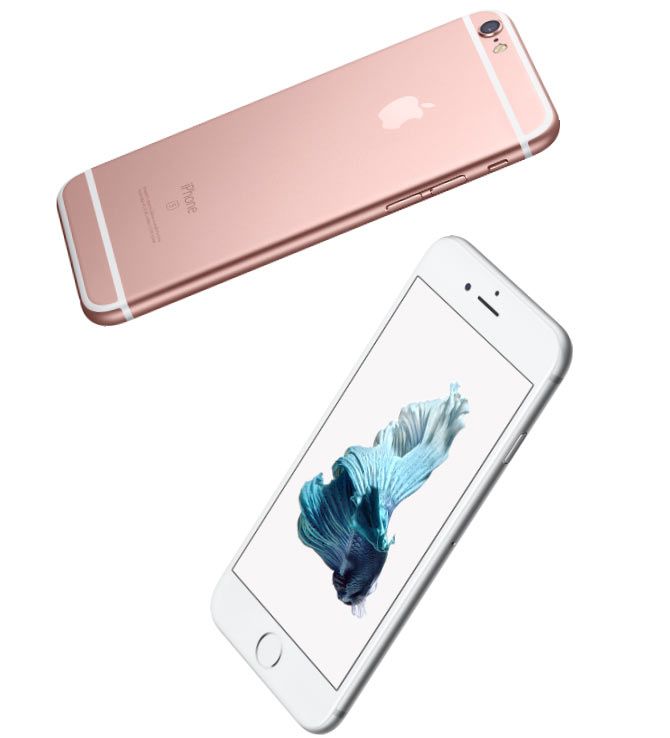
The new iPhone 6s and 6s Plus come with a sparkling HD Retina display made out of toughened glass. An Oleophobic layer together with the toughened glass provides the screens of these two handsets all round protection from scratches and liquid splashes. The touch screens of these handsets also sport a 3D Touch feature that allows better interactive experience with phone content and applications by just feeling the force of your touch on the display.
The displays of these mobile phones can differentiate between soft and hard touch to bring out different features of an application or new windows on the home screen. The iPhone 6s sports a 4.7-inch (diagonal) LED-backlit widescreen having a next-generation multi touch display integrated with IPS technology and Taptic Engine. It supports 1334 x 750 pixels resolution leading to 326ppi of pixel density.
The iPhone 6s Plus on the other hand is blessed with a 5.5-inch IPS display -- similar to the one found in iPhone 6s but with a higher screen resolution of 1920 x 1080 pixels, providing it with 401ppi of pixel density.
The display of both these handsets allow you wide angled viewing besides support for the simultaneous display of multiple languages and characters.
Camera

Apple has really upgraded its game in the recently released iPhone 6s and iPhone 6s Plus by equipping them with powerful shooters. Both these mobile phones are blessed with a 12-megapixel iSight camera having 1.22µ pixels with a five-lens configuration and a true tone flash. The cameras have f/2.2 aperture and a Sapphire crystal lens cover. The cameras also feature an improved local tone mapping, a backside illumination sensor, a hybrid IR filter and an auto focus. The iPhone 6s Plus, additionally, has an auto image stabiliser.
These cameras also feature components like geo-tagging, synchronous HD video and picture recording, touch centre, face/grin recognition and HDR (photograph/display). The primary cameras on the two handsets allow users to shoot recordings in 4K videos@30fps, 1080p@60fps and 720p@240fps, respectively. Furthermore, the iSight cameras on both handsets allow you to capture events having Time-lapse video with stabilisation, Cinematic video with stabilisation, or Continuous autofocus shots. The front camera on both the iPhone siblings is a 5MP affair that can take videos in 720p@30fps.
Processor
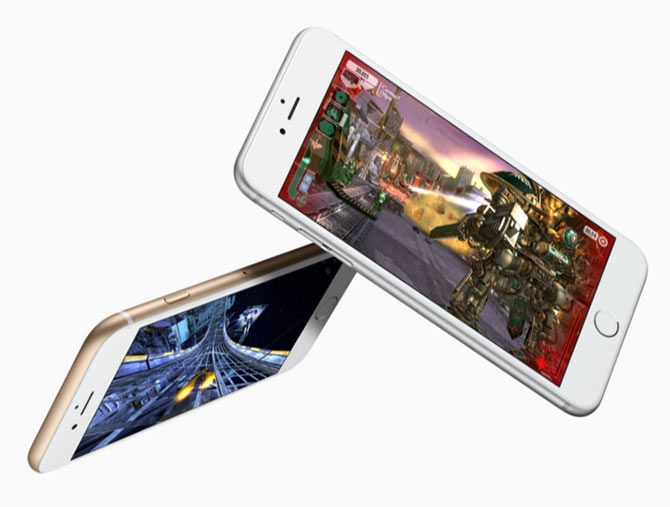
Apple has also used the most powerful processor (A9 chip) available in the market to run these two wonderful devices. The company has designed this monster of a processing package in-house and made it work amazingly fast. If we compare it with the previous A8 processor, then the CPU and GPU performances of the A9 processor are 70 per cent and 90 per cent faster respectively than its predecessor -- the A8 chip processor. This allows the user to experience top of the line performance accompanied by low power consumption.
Operating system
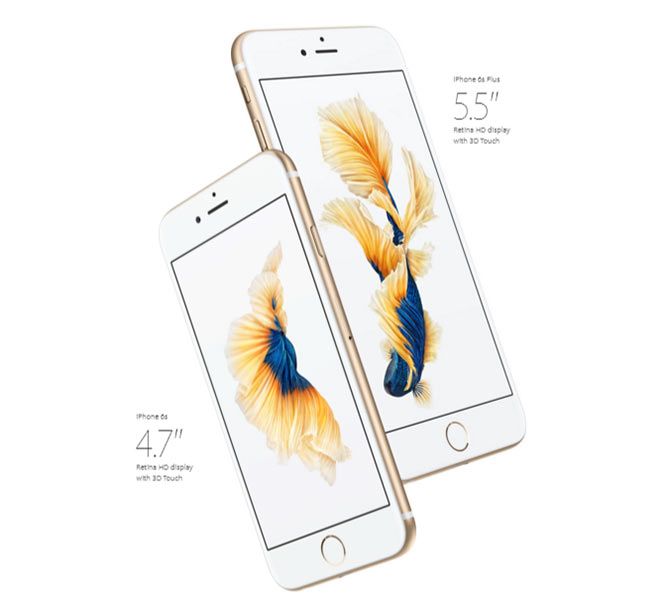
iPhone 6s and iPhone 6s Plus come bundled with iOS9. This new iOS has a quick application switcher that permits you to see a 3D merry go round of cards, moving reverse in time when you make a twofold touch on your home catch. The Siri 2 talking partner has been made more responsive, which can now understand more commands. Apple has also overhauled the music application by adding a new element called Force Touch that permits the clients of iPhone 6s and 6s Plus to skip existing arrangements of choices and rather call attention to a range of enthusiasm for the Maps application, and afterwards Force Touch allows the user to focus on a specific area of the Map and the handset will promptly provide you with turn-by-swing bearings of that place.
In addition, the second-generation touch ID is much faster than the ones found in earlier iPhones. The new note app allows you to write even with your finger, which can then be synchronised with other capable devices through iCloud. The note app also allows you to add bullets with a tap to create checklists. Hence, make a grocery list, a wish list and tick off items as you go or take a photo within the note app or share the note with all other compatible devices through iCloud.
Connectivity
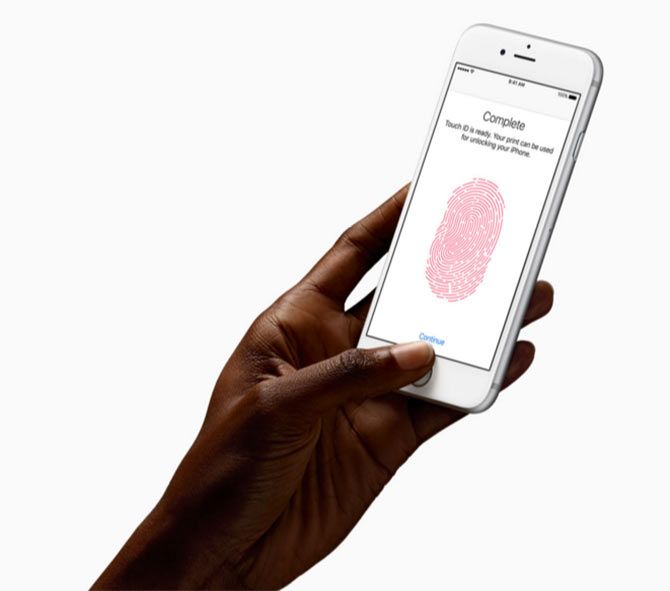
The iPhone 6s and 6s Plus are brimming with a multitude of connectivity features that allow the user of this mobile phone to stay in touch with the world through multiple pathways. These connectivity options are; 4G LTE, 3G (WCDMA 900/2100 MHs), 2G (GSM 850/900/1800/1900 MHs), Wi-Fi 802.11a/b/g/n/ac with MIMO, Wi-Fi Hotspot, Bluetooth v4.2 with A2DP, Ethernet, HDMI slot, NFC (Apple Pay only), USB High speed 2.0 and Micro USB support, GLONASS, GPS and A-GPS for better user experience.
Sensors
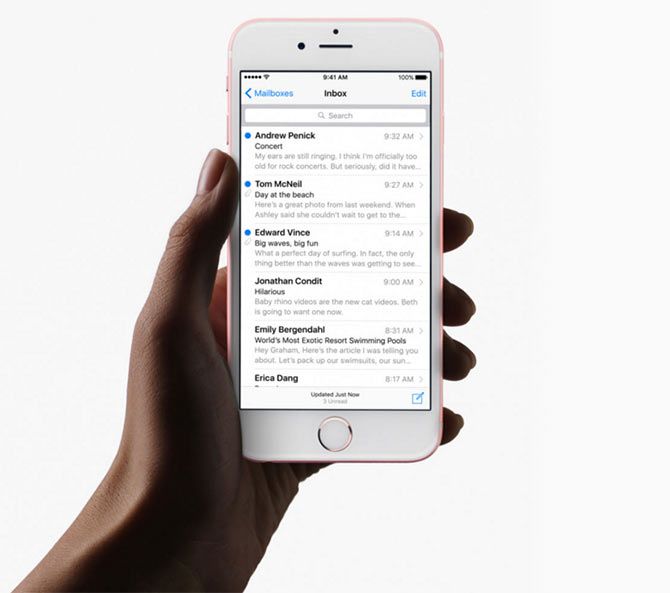
To provide users with an amazing user experience, these two handsets come with a large number of sensors, including Accelerometer, Ambient Light, Three Axis Gyroscope, Proximity, Barometer, Digital Compass and Finger print sensor.
Storage
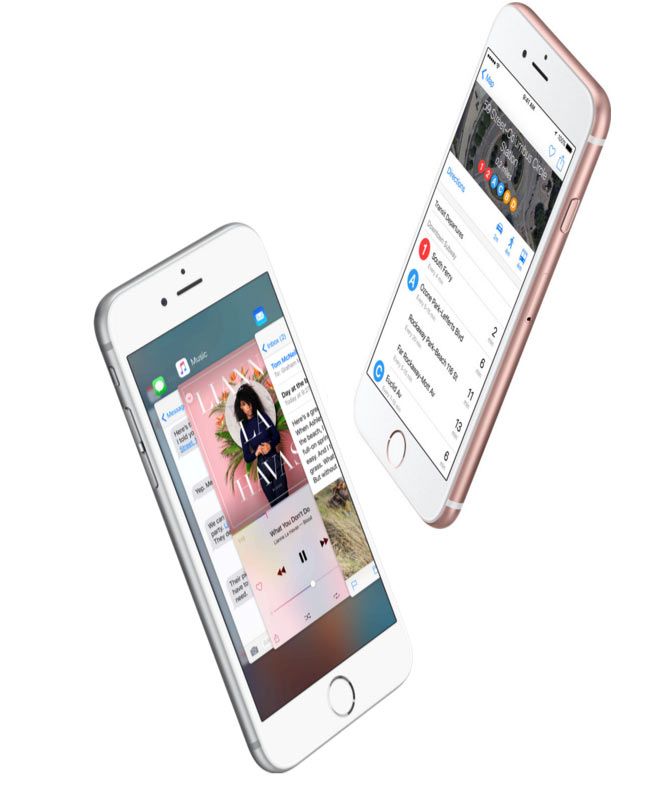
iPhone 6s and iPhone 6s Plus are available in 16GB, 64GB and 128GB storage variants. Both these handsets also feature 2GB of RAM. However, there is no microSD card slot available in any of the two devices, thus preventing you from adding more external storage, should you so require.
Battery
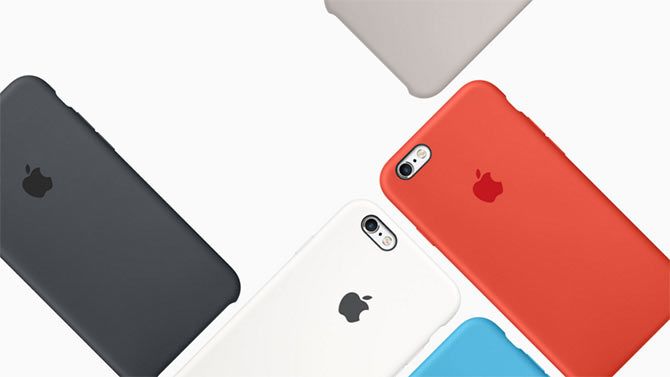
Battery is a major area of difference between these two handsets. While the iPhone 6s Plus is equipped with a 2750mAh Li-ion non-removable battery, the iPhone 6s is provided with a 1715mAh Li-ion non-removable battery. The talk time of iPhone 6s on 3G is 14 hours with a standby time of 10 days. The iPhone 6s Plus on the other hand has a 24 hours talk time on 3G and a standby time of 16 days.
If you wish to do Internet, then the battery on iPhone 6s will allow you browsing time of up to 10 hours on 3G, up to 10 hours on 4G LTE, and up to 11 hours on Wi?Fi. The iPhone 6s Plus on the other hand allows the user up to 12 hours on 3G, up to 12 hours on 4G LTE, and up to 12 hours on Wi?Fi.
You can play videos for 11 hours on iPhone 6s and up to 16 hours on iPhone 6s Plus. The audiophiles can listen to their favorite music for 50 hours on iPhone 6s and for around 80 hours on iPhone 6s Plus.









